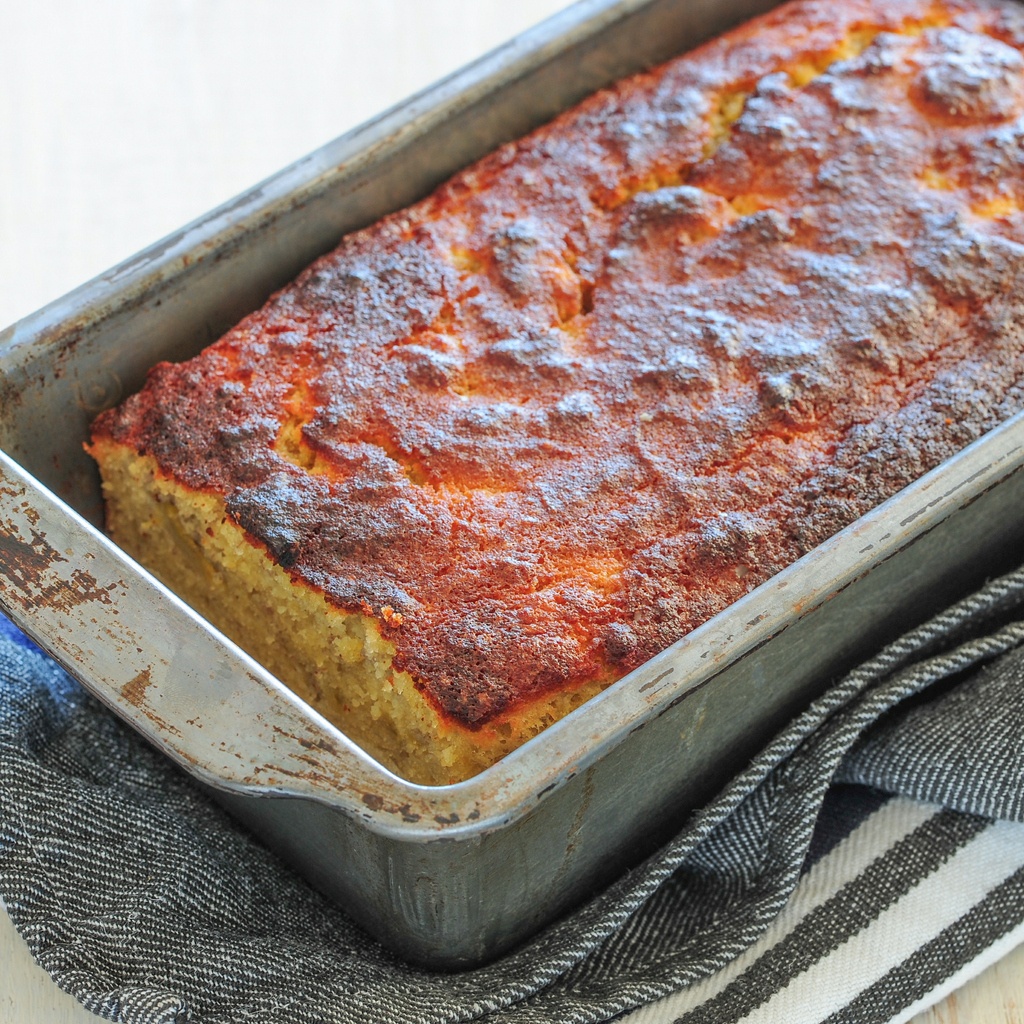It’s great fun to make your own baked goods. Your family and guests are impressed, and you’re saving money by cooking at home rather than buying cakes and tarts at the store. The only problem is the health concerns that arise when you’re eating these scrumptious goodies.
I’m always looking for new techniques to make my baking healthier. To date, the simplest way I’ve found is to replace the sugar with a good-quality, natural sweetener. Just try it with your favorite recipe such as the banana bread below, and you’ll be surprised at the results! However, the trick is finding the right natural sweetener.
Which natural sweeteners should you use?
When it comes to choosing the best natural sweetener, you’ll likely find the most success with a blend of both erythritol and stevia.
Erythritol is a sugar alcohol that provides the physical properties of sugar, but it isn’t as sweet. It occurs naturally in small amounts in some fruits, and in larger amounts in certain mushrooms and other fungi and in fermented foods such as wine and soy sauce. Stevia is an extract from a herb, and is much sweeter than sugar. The thing to note with stevia is that a little goes a long way! It is often used to sweeten smoothies, sauces, frostings, icings and glazes.
How much should you use?
The ideal amount will vary from recipe to recipe. I’ve had the most success by replacing half the sugar by weight with an erythritol/stevia blend.
For example, in the banana bread recipe below, I’d use 7oz (200g) sugar or 3.5oz (100g) erythritol/stevia blend.
There are three different options for finding an erythritol/stevia blend:
- Your local supermarket or health food store. Check the ingredients list to make sure it contains erythritol and stevia.
- Online. A quick search on the internet should help you locate a blend you can purchase easily.
- Make your own. This is the most cost-effective option. Just buy erythritol and stevia separately either online or at the store. Then combine 6 1/3oz (180g) or 1 cup of erythritol with half a teaspoon of stevia.
Are there any negatives?
Be careful with the natural sweetener agave syrup or nectar. Although it’s a natural product made from cactus, it contains high levels of fructose. This means it is like a more natural form of high-fructose corn syrup – not the healthy alternative sweetener it initially appears to be!
You may, however, find that the only downside to using natural sweeteners is the cost. With sugar so cheap, stevia/erythritol blends are rather expensive by comparison. But remember, you’ll only be using half as much, so it’s not as drastic as it seems! If you think about the long-term savings to your health, you’ll see that it will really pay off.
‘Paleo’ Banana Bread Recipe
Makes about 8 slices
This banana bread is super moist and really more at the cake end of the spectrum – but don’t let that stop you having a slice toasted with fresh ricotta for breakfast.
The brand of natural sweetener I’ve been using is called Natvia and it’s a blend of stevia and erythritol. If you can’t find, it you could use plain erythritol and a few drops of liquid stevia.
Ingredients:
2 bananas
5oz (150g) butter, melted
6 eggs
3.5oz (100g) erythritol/stevia blend
2.25oz (65g) coconut flour
1 teaspoon baking powder
Method:
- Preheat oven to 350F (180C). Line a small loaf pan with parchment paper.
- Peel and mash bananas. Combine with butter, eggs and the erythritol/stevia blend.
- Whisk in the coconut flour and baking powder. Transfer to your prepared loaf pan.
- Bake for 40 minutes or until the ‘bread’ is well browned and feels firm and springy.
Featured photo credit: Jules Clancy via flic.kr













































